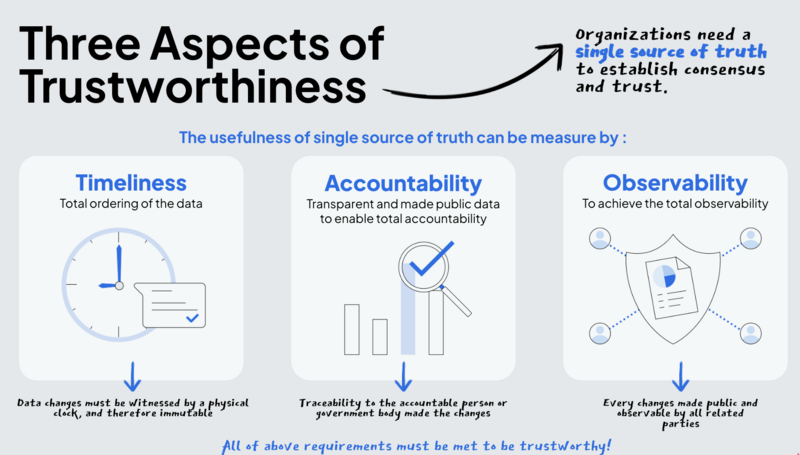SoG Context
Time is a universal medium to connect events; knowing when events happen is integral in our conception of everything. This is shown through sequencing and recording information, hence why both “time is money” and “knowledge is power.” Everyday, people around the world are persuaded by others who simply have more information. This is known as information asymmetry, where one entity has better access to knowledge while the other entity does not. Examples of this phenomenon range from car salespeople selling bad cars to unwary buyers, to developing countries getting overly high interest rates from lenders, crippling their economy. Information asymmetry can be used with good intentions, and could also lead to exploitation.
Currently, data processing technologies are increasing information asymmetry in ways that are becoming a major problem in public administration. Malicious and systematic data technology exploitation can be conducted by individuals or public institutions that have more access to data or data processing technologies. To ensure sustained justice in modern societies, the notion of governance must be grounded to the power of persuasion’s root: information asymmetry. We call this scientific endeavor the Science of Governance (SoG). SoG focuses on the fundamental properties of information asymmetry: the timeliness, accountability, and observability of public data.
Power structures always needed tools and methods in guiding timely actions, creating accountability for policy outcomes, and observing progress. Models of thought were utilized to create and execute policies shaped by power structures. These include: “Objective and key results (OKR);” used to define measurable goals and measure outcomes, “Management by objectives (MBO);“ defining specific objectives and sequentially how to achieve each objective, and “logic models,” describing the chain of causes and effects leading to an outcome. Without adopting secure and field-tested information systems, political structures are still mostly functioning through verbal debates, creating their offline codes in human-readable texts only, and storing information on mediums that cannot be automatically checked and retrieved by relevant parties. A hyperlinked logic model is shown below:
| Logic Model (Smart Contract) Template:LogicModel 12 8, 2022 | ||||||
|---|---|---|---|---|---|---|
| ||||||
| ||||||
|
Large-scale digital technology uses these logic models; even modern information technology like smartphones and blockchains were built on a foundation of prior inventions and systems using similarly formatted models. A logic model is a domain-independent specification format allowing any self-governing body to utilize contemporary technologies to represent the timeliness of information distribution, accountability of data changes, and observability of policy outcomes. To start, existing governance tools such as the OKR/MBO models can be integrated with hyperlinked documents to help keep policies and execution results timely, accountable, and observable. To do this with a formalized framework, we name this new field, SoG.
